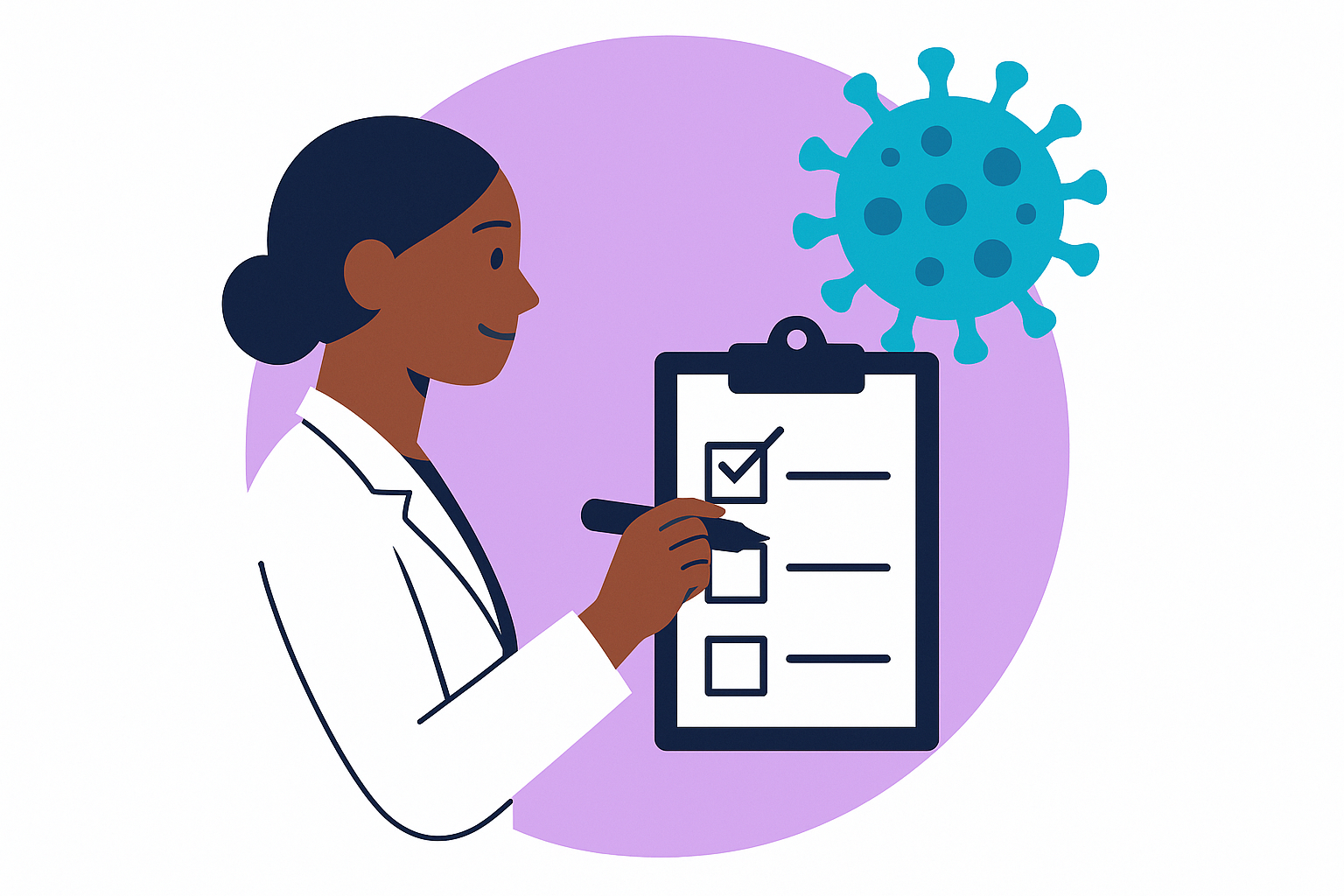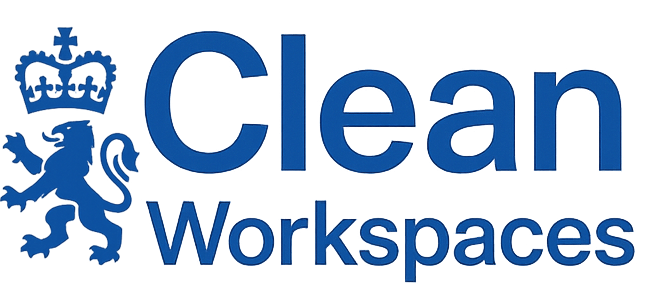Infection Control Best Practices for High-Traffic Facilities
Specialized hygiene protocols for managing transmission risks in busy commercial environments

High-traffic facilities present unique challenges for infection control due to the volume and diversity of individuals moving through the space daily. This article outlines evidence-based protocols for minimizing transmission risks while maintaining operational efficiency in busy commercial environments.
The Distinctive Challenges of High-Traffic Facilities
Facilities with significant public access or high employee density face several specific infection control challenges:
- Increased contact surface contamination: More individuals touching common surfaces leads to faster recontamination after cleaning
- Diverse pathogen introduction: Visitors may introduce varied pathogens from different environments
- Limited cleaning windows: Operational hours may restrict opportunities for comprehensive cleaning
- Visibility of cleaning activities: Public-facing hygiene measures contribute to occupant confidence
- Variable environmental conditions: Fluctuating occupancy, temperature, and humidity impact pathogen viability
According to our economic impact research, high-traffic facilities implementing comprehensive infection control protocols experienced a 32% average reduction in employee absenteeism compared to those using standard cleaning approaches.
What Constitutes a "High-Traffic" Facility?
For infection control purposes, "high-traffic" typically describes facilities with at least one of the following characteristics: ≥100 unique visitors daily, ≥50 employees per 1000 square feet, continuous public access during operating hours, or areas where individuals from multiple households/organizations regularly congregate.
Strategic High-Touch Surface Management
The most critical component of high-traffic infection control is strategically addressing high-touch surfaces, which serve as primary transmission vectors.
High-Touch Surface Identification and Prioritization:
| Priority Level | Surface Examples | Recommended Cleaning Frequency |
|---|---|---|
| Critical (Tier 1) | Door handles, lift buttons, payment terminals, shared touchscreens, communal seating | Every 60-90 minutes during peak hours; at minimum 4x daily |
| High (Tier 2) | Counter tops, handrails, water dispensers, vending machines, shared equipment | Every 2-3 hours during operating hours; at minimum 3x daily |
| Standard (Tier 3) | Walls at touch height, light switches, cabinet/drawer handles, chair arms | 1-2x daily, with supplementary wipe-down as needed |
This tiered approach allows for resource optimization while addressing the surfaces most likely to contribute to transmission. For detailed surface disinfection protocols, refer to our Surface Disinfection Guidelines.
Surface Material Considerations:
Surface materials significantly impact both contamination risk and appropriate disinfection approaches:
- Porous vs. non-porous surfaces: Non-porous surfaces (metals, sealed wood, glass) allow more effective disinfection; porous materials may require specialized approaches
- Antimicrobial materials: Copper alloys, silver-infused surfaces, and specialized coatings can provide residual antimicrobial activity between cleanings
- Surface roughness: Textured surfaces may harbor pathogens in micro-crevices, requiring more aggressive mechanical cleaning
When renovating or selecting new fixtures for high-traffic areas, prioritize materials with inherent antimicrobial properties or smooth, easily disinfected surfaces.
Advanced Cleaning and Disinfection Technologies
High-traffic environments benefit from supplementing manual cleaning with advanced disinfection technologies:
Electrostatic Spraying Systems
Technology that applies charged disinfectant particles that wrap around surfaces for comprehensive coverage.
Best Applications:
- • After-hours comprehensive disinfection
- • Complex, irregular surfaces
- • Areas with numerous touch points
UV-C Disinfection Systems
Ultraviolet light systems that deactivate microorganisms by damaging their genetic material.
Best Applications:
- • Unoccupied spaces during off-hours
- • Supplemental treatment for high-risk areas
- • Medical waiting rooms and treatment areas
Hydrogen Peroxide Vapor Systems
Advanced technology that distributes hydrogen peroxide vapor for whole-room disinfection.
Best Applications:
- • Terminal cleaning of critical areas
- • Following confirmed infection cases
- • Specialized healthcare environments
Air Purification Technology
Systems that continuously filter or treat air to remove airborne pathogens and reduce surface recontamination.
Best Applications:
- • Continuously occupied spaces
- • Areas with limited ventilation
- • Spaces with higher vocalization (call centers, customer service)
For more information on selecting appropriate technology solutions, refer to our Technology-Enhanced Cleaning Solutions article.
Hygiene Infrastructure Optimization
Physical infrastructure plays a crucial role in infection control for high-traffic facilities:
Hand Hygiene Stations:
- Strategic placement: Position stations at entrances/exits, near food service areas, at transition points between different facility zones, and adjacent to high-touch equipment
- Density considerations: For optimal compliance, ensure hand hygiene stations are visible from anywhere in public areas and never require more than 10 seconds of walking to access
- Selection criteria: Choose touchless dispensers with appropriate formulations (minimum 60% alcohol for sanitizers)
- Maintenance protocols: Implement regular checks to ensure continuous operation and adequate supply levels
Research consistently shows that appropriate hand hygiene station placement can increase usage rates by up to 64% compared to poorly positioned stations.
Physical Barriers and Materials:
- Interface barriers: Where appropriate, implement transparent barriers at face-to-face interaction points
- Touch-free alternatives: Consider sensor-activated doors, lights, and fixtures in high-traffic areas
- Antimicrobial surface treatments: Apply EPA-registered antimicrobial coatings to high-touch surfaces where frequent disinfection is challenging
- Material selection: When renovating, choose non-porous, easily cleaned materials for high-touch surfaces
For detailed guidance on hand hygiene station implementation, refer to our Hand Hygiene Compliance Practice Note.
Case Study: Retail Implementation
A high-traffic retail chain implemented a comprehensive infection control program across 12 UK locations in 2024. Key elements included:
- Tiered high-touch surface disinfection schedule with visible "cleaning in progress" signage
- Strategically positioned touchless hand sanitizer stations (one per 200 sq ft of public space)
- Overnight electrostatic spraying treatment of all public areas
- HEPA air filtration systems in all locations
After six months of implementation, the company reported a 27% reduction in employee absenteeism due to illness and 89% of customers indicating increased comfort shopping in their stores compared to competitors.
Staff Training and Protocol Implementation
Even the most well-designed infection control program will fail without proper implementation by staff:
- Role-specific training: Provide targeted training for different staff roles based on their specific responsibilities in the infection control program
- Real-time feedback systems: Implement verification methods like ATP testing or fluorescent marking to provide immediate feedback on cleaning efficacy
- Visible cleaning activities: Schedule some high-touch surface disinfection during operating hours to build occupant confidence
- Protocol documentation: Maintain clear, accessible cleaning schedules and protocols that staff can reference
- Monitoring systems: Consider electronic monitoring systems for critical high-touch areas to ensure compliance with cleaning frequencies
For comprehensive training resources, consider our Advanced Disinfection Techniques Webinar which includes detailed instruction on high-traffic facility protocols.
Communication and Occupant Engagement
Transparent communication about infection control measures serves dual purposes: encouraging occupant compliance and building confidence in facility safety:
- Visual hygiene cues: Display clear signage about hand hygiene expectations, cleaning schedules, and personal responsibility
- Transparency about protocols: Consider making simplified versions of cleaning protocols publicly available
- Feedback mechanisms: Provide channels for occupants to report hygiene concerns or request additional cleaning
- Recognition of compliance: Acknowledge and reinforce positive hygiene behaviors among staff and visitors
Research indicates that visible cleaning activities and transparent communication about infection control measures can increase occupant confidence by up to 76% in high-traffic public facilities.
Monitoring Efficacy and Continuous Improvement
Effective infection control programs include ongoing assessment and refinement:
- Surface testing: Implement regular ATP testing of high-touch surfaces to verify cleaning efficacy
- Absenteeism tracking: Monitor cleaning staff and general employee illness rates as indicators of program effectiveness
- Protocol compliance audits: Conduct regular audits of cleaning frequencies and procedures
- Seasonal adjustments: Modify protocols during periods of increased illness prevalence in the community
- Technology evaluation: Regularly assess new disinfection technologies for potential incorporation
For guidance on implementing effective verification methods, see our Surface Testing Methods article.
Conclusion: A Layered Approach to High-Traffic Infection Control
Effective infection control in high-traffic facilities requires a layered approach combining:
- Strategically prioritized high-touch surface disinfection
- Appropriate technology integration to supplement manual cleaning
- Optimized hygiene infrastructure to facilitate compliance
- Comprehensive staff training and protocol implementation
- Clear communication and occupant engagement
- Ongoing monitoring and continuous improvement
By implementing these evidence-based approaches, high-traffic facilities can significantly reduce transmission risks while maintaining operational efficiency and building occupant confidence.
Related Articles
Surface Testing Methods
Verification techniques to confirm your cleaning protocols are achieving optimal results.
Technology-Enhanced Cleaning Solutions
Exploring innovative cleaning technologies for modern workplaces.
Seasonal Cleaning Considerations
Adapting your workplace hygiene protocols to address changing seasonal challenges.
Need Help?
Request a site assessment to identify high-traffic areas and develop targeted infection control protocols.
Request Assessment